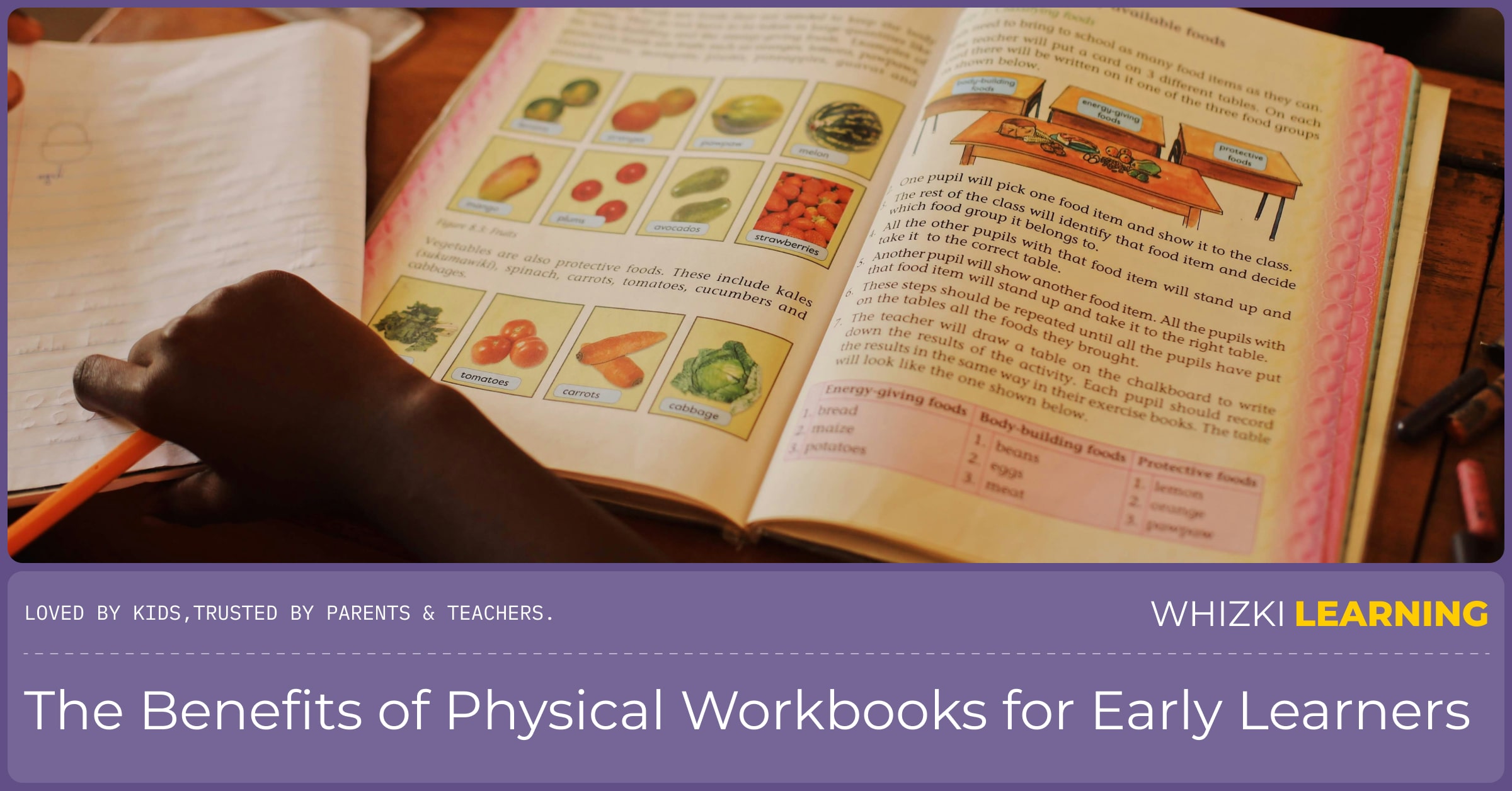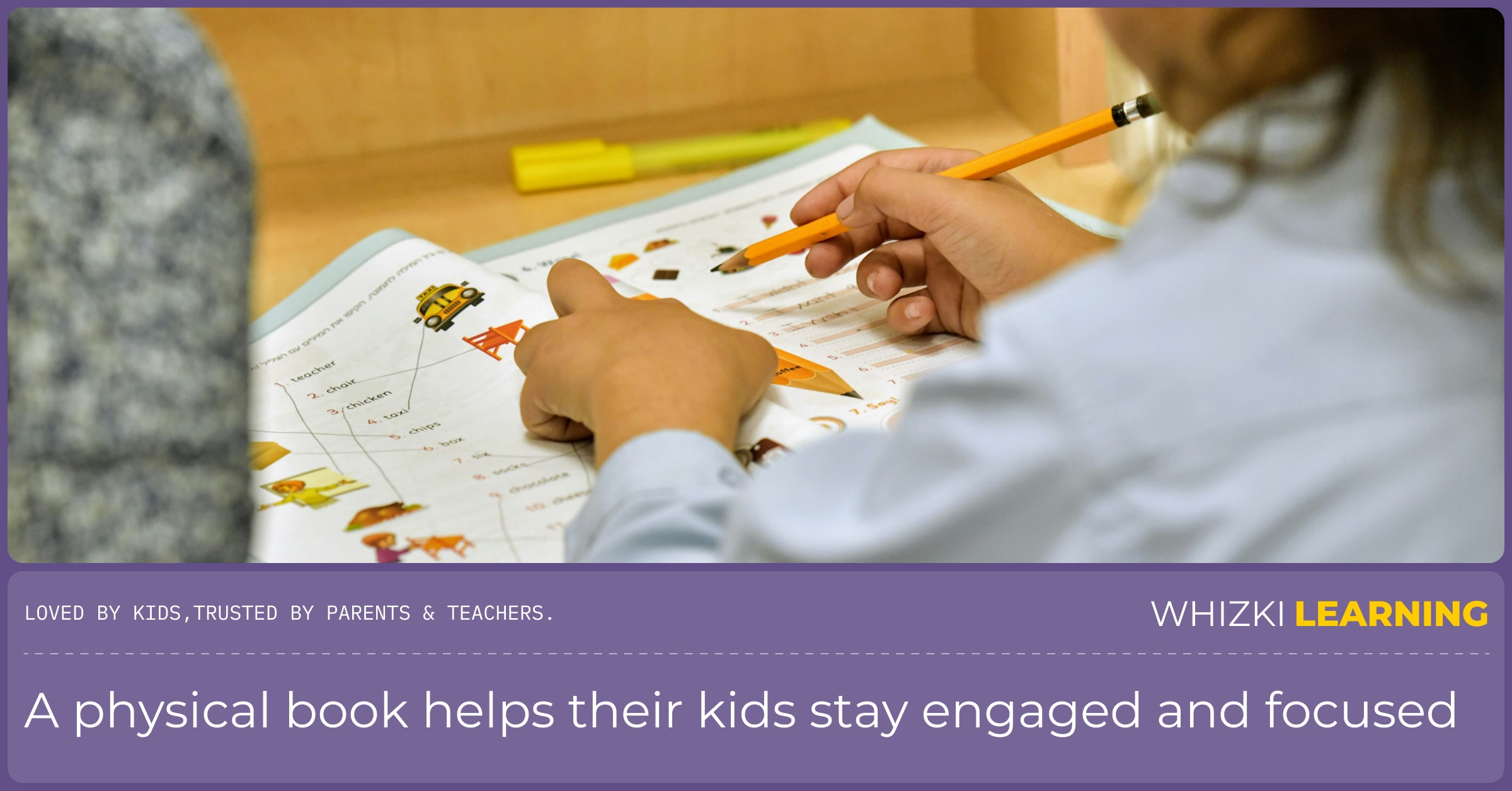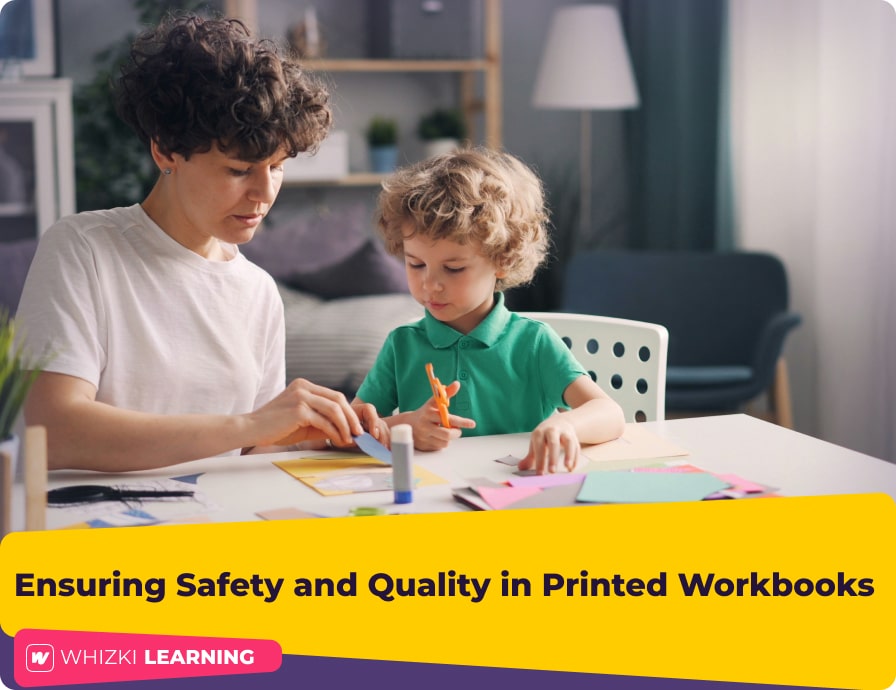Introduction: The Enduring Appeal of Printed Workbooks
Despite the rapid rise of digital learning tools, printed workbooks remain a beloved resource for parents and teachers alike. Their tactile nature offers more than just a break from screens-it provides a sensory experience that helps young children engage more deeply with their learning. When kids turn pages, trace letters, or solve puzzles in a physical workbook, they activate different parts of their brain compared to clicking on an app.
Many educators and parents find that print workbooks foster better focus and retention. The act of writing by hand reinforces learning, and the physical presence of the workbook creates a tangible connection to the material. Plus, there's something comforting about flipping through familiar pages-it's like holding their progress in their hands.
Why do printed workbooks continue to hold their appeal?
- Hands-on engagement: Kids can physically trace letters, cut out shapes, or complete puzzles, which supports fine motor skills and handwriting development.
- Reduced screen time: Printed materials help balance digital exposure while still providing meaningful educational activities.
- Focused attention: Without notifications or advertisements, children can concentrate better on tasks in print form.
- Portability and ease of use: Workbooks are easy to carry anywhere-no batteries required!
“In my classroom, I’ve seen how children’s eyes light up when they’re holding a workbook filled with colorful activities. It’s not just about learning; it’s about feeling connected to the process. Parents tell me they notice improved handwriting and confidence when their kids use print materials regularly.” - Mrs. Sandra Klein, first grade teacher, Ohio
The Benefits of Physical Workbooks for Early Learners

For children aged 4-8, printed workbooks offer more than just fun-they support crucial developmental skills and foster a love for learning. One of their key advantages is hands-on engagement. Kids can trace letters, color illustrations, and physically manipulate pages, which helps reinforce learning and makes abstract concepts more concrete.
Another important benefit is thedevelopment of fine motor skills. Activities like cutting along lines or writing within spaces help strengthen small muscles in young hands, laying a foundation for proper handwriting and coordination.
Additionally, printed workbooks naturally promote reduced screen time. In an era where digital devices are everywhere, physical books provide a distraction-free environment that allows children to focus better and absorb information more effectively.
Many parents and teachers also notice that children tend to concentrate longer with printed materials. The tactile experience keeps young learners engaged without the distractions of notifications or pop-ups often found on screens.
- Enhanced focus: Physical workbooks eliminate digital distractions, helping kids stay attentive during learning activities.
- Motor skill development: Tracing, coloring, and cutting improve hand-eye coordination and fine motor control.
- Better retention: The tactile process of writing and manipulating pages enhances memory and understanding.
- Less screen time: Promotes healthier habits by encouraging offline learning experiences.
“Children learn best when they’re actively involved-touching, feeling, doing. Printed workbooks turn passive screen time into active participation. I’ve seen students blossom when they get to physically connect with their lessons; it’s as if the act of writing or coloring cements their understanding in a way digital screens simply can't match.” - Mrs. Sandra Klein, first grade teacher, Ohio
Real Stories from Parents and Teachers
Many parents and teachers have shared how printed workbooks have become invaluable tools in nurturing early learners’ curiosity and skills. These stories highlight the real impact of tangible, hands-on learning materials.
- One mom from Texas recounted how her 6-year-old son eagerly completes workbook pages every afternoon, improving his handwriting and problem-solving skills while having fun.
- A kindergarten teacher from Illinois shared that students are more engaged during literacy centers when they use printed workbooks, because they can physically mark answers and feel a sense of accomplishment.
- An early childhood specialist from New York emphasized that children develop fine motor skills best when they trace, cut, and manipulate paper-activities that digital resources can’t fully replace.
“In my classroom, I’ve seen firsthand how printed workbooks foster independence and confidence. Children love the tactile experience-holding a pencil, turning pages-that builds their focus and patience. Parents tell me their kids are more willing to try new challenges when they have a physical book in hand. It’s about creating a connection to learning that feels real and rewarding.” - Mrs. Sandra Klein, first grade teacher, Ohio
Another parent shared how using workbooks at home turned homework into a bonding activity rather than a chore:
- They sit together on the couch or at the table, making learning feel like quality time rather than stress.
- The child gains pride as they complete sections independently, boosting self-esteem.
- The parent appreciates the clear structure of printed pages-they know exactly what skill their child is practicing without screens or distractions.
“I love how my daughter’s face lights up when she finishes a page by herself. It’s not just about the right answers-it’s about her feeling capable and proud of her progress. Printed workbooks give us that tangible sense of achievement every step of the way.” - Lisa M., mother of a 7-year-old
Why I Prefer Printed - Parent Perspectives

Many parents swear by the tactile experience of printed workbooks, especially for children in the early elementary years. They find that holding a physical book helps their kids stay engaged and focused, making learning feel more real and less distracting than screens.
“My son loves flipping through his workbook. It’s like he’s actually doing something hands-on, which keeps him interested longer.” - says Lisa, mom of an 8-year-old.
- Physical engagement: Kids can physically trace, write, and cut out activities-this reinforces fine motor skills.
- No screen fatigue: Printed workbooks reduce eye strain and overstimulation from digital devices.
- Tangible progress: Seeing completed pages gives children a sense of achievement and motivates them to keep going.
“I’ve noticed my daughter’s handwriting improved dramatically since she started using printed workbooks. The act of writing on paper helps her remember better than typing,” - Sarah, mother of a 7-year-old.
Parents also appreciate how print resources foster better focus during study time. They find it easier to supervise and guide their children through activities without technology interruptions or concerns about online safety.
- Reduced distractions: No pop-up notifications or ads interrupt learning sessions.
- Easier supervision: Parents can see exactly what their child is working on at any moment.
The warmth of turning pages and the physicality of workbooks create a comforting learning environment that many families find essential for young learners’ confidence and success.
Teacher-Tested Tools - Educator Insights
What Teachers Say About Printed Workbooks in the Classroom
Many educators swear by printed workbooks as essential tools for early learning, especially for children ages 4-8. Teachers find that these tangible resources promote focus, hands-on engagement, and better retention of skills. Unlike digital options, physical workbooks allow students to physically trace letters, cut out shapes, and organize their work-activities proven to strengthen fine motor skills and cognitive development.
Why Teachers Prefer Printed Resources:
- They help children develop handwriting and fine motor skills through tracing and writing exercises.
- Printed materials reduce screen time while promoting active participation.
- The tactile experience supports multisensory learning, which is particularly effective for young learners.
- Workbooks provide a clear structure that makes lesson planning straightforward and adaptable.
“From my years teaching kindergarten and first grade, I’ve seen firsthand how print workbooks foster independence and confidence. Children love flipping through pages, completing activities at their own pace, and seeing their progress visually. In homeschooling environments, they’re invaluable because they create a consistent routine that mimics classroom discipline while allowing flexibility.” - Mrs. Sandra Klein, first grade teacher, Ohio
In both classroom settings and homeschooling scenarios, teachers appreciate how printed workbooks can be seamlessly integrated into daily lessons. They serve as reliable guides for parents trying to balance instruction at home with classroom demands.






